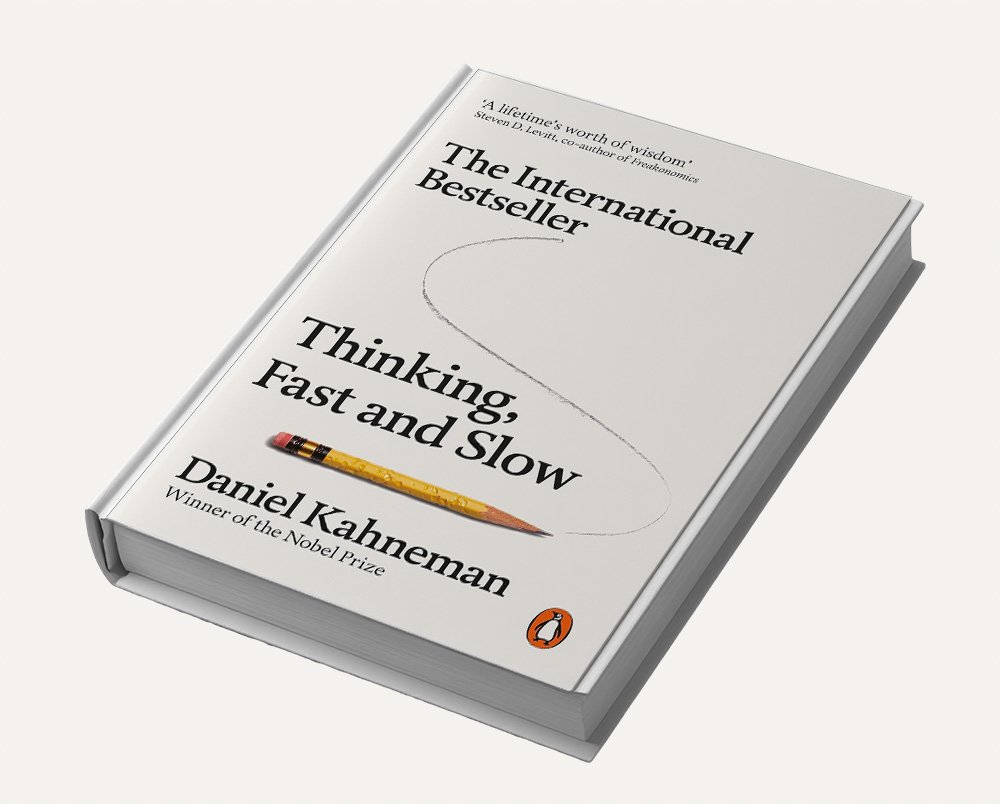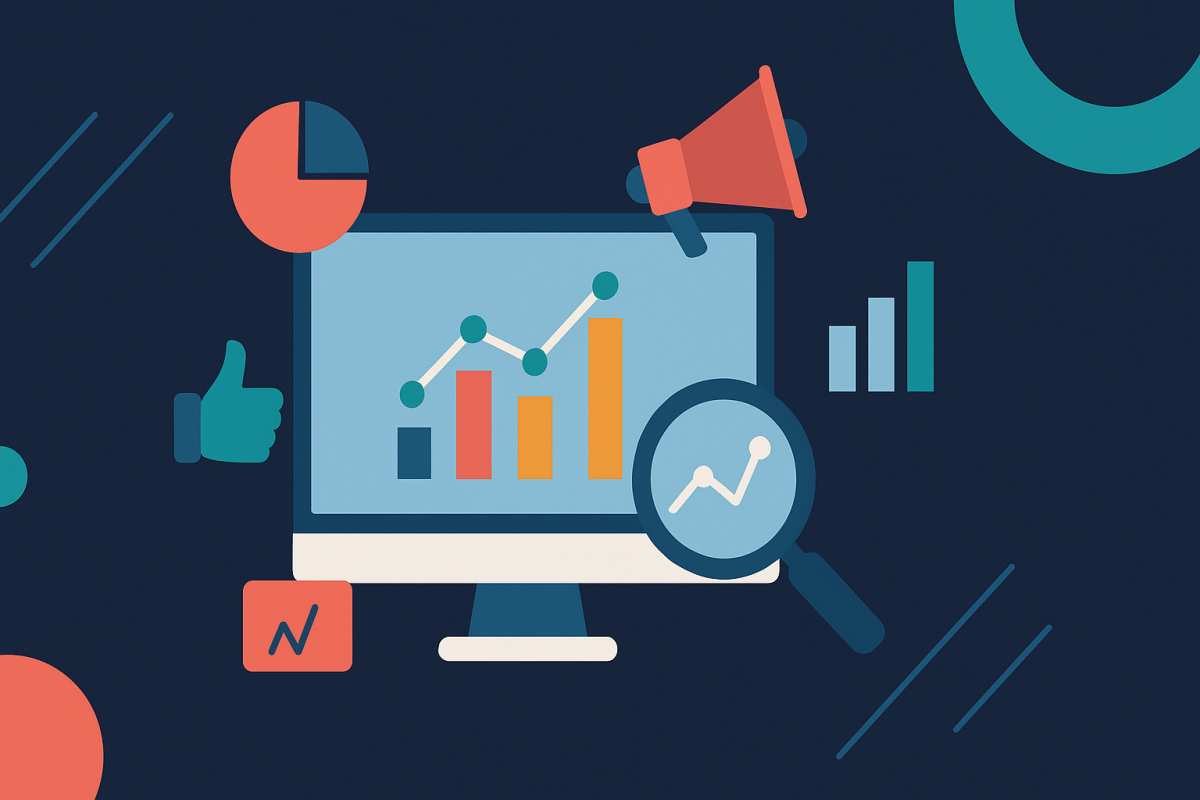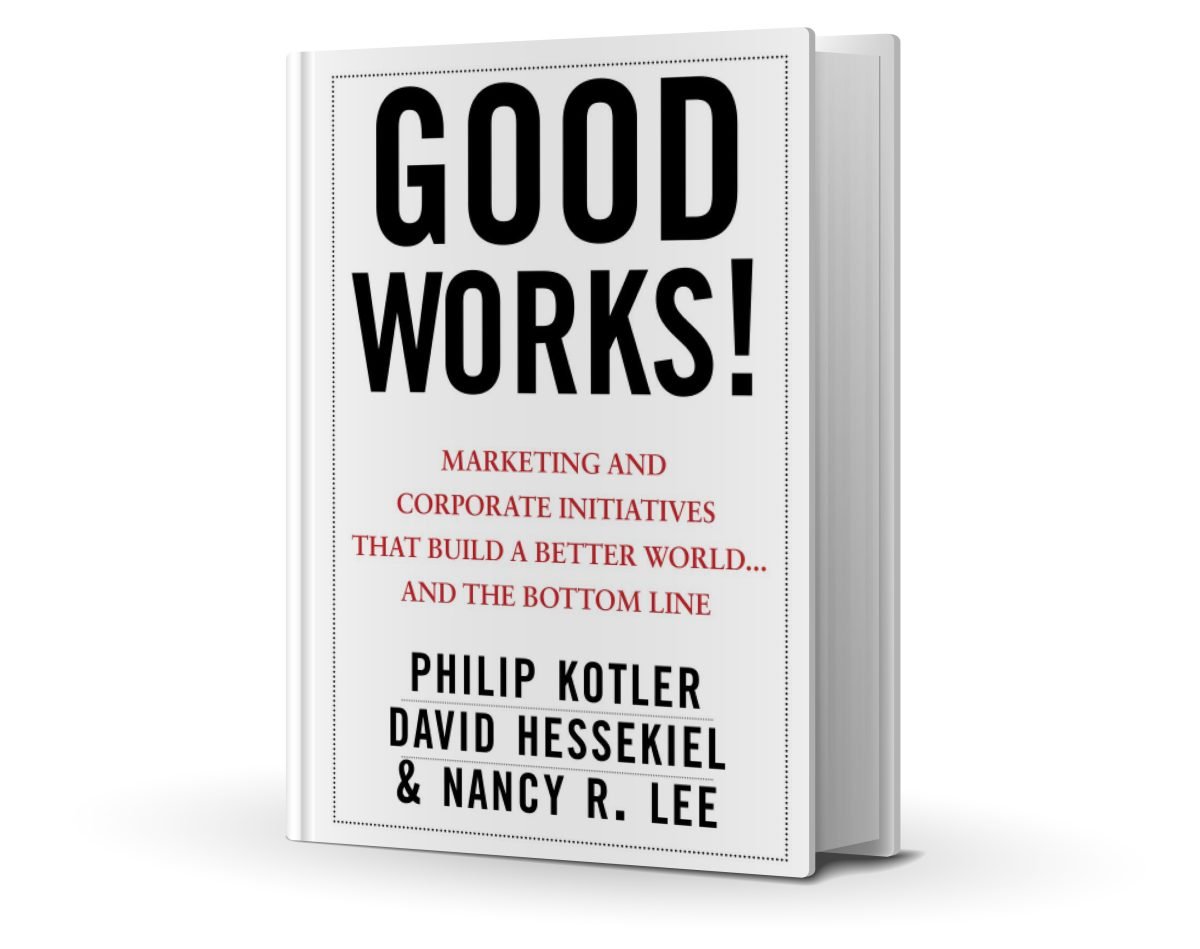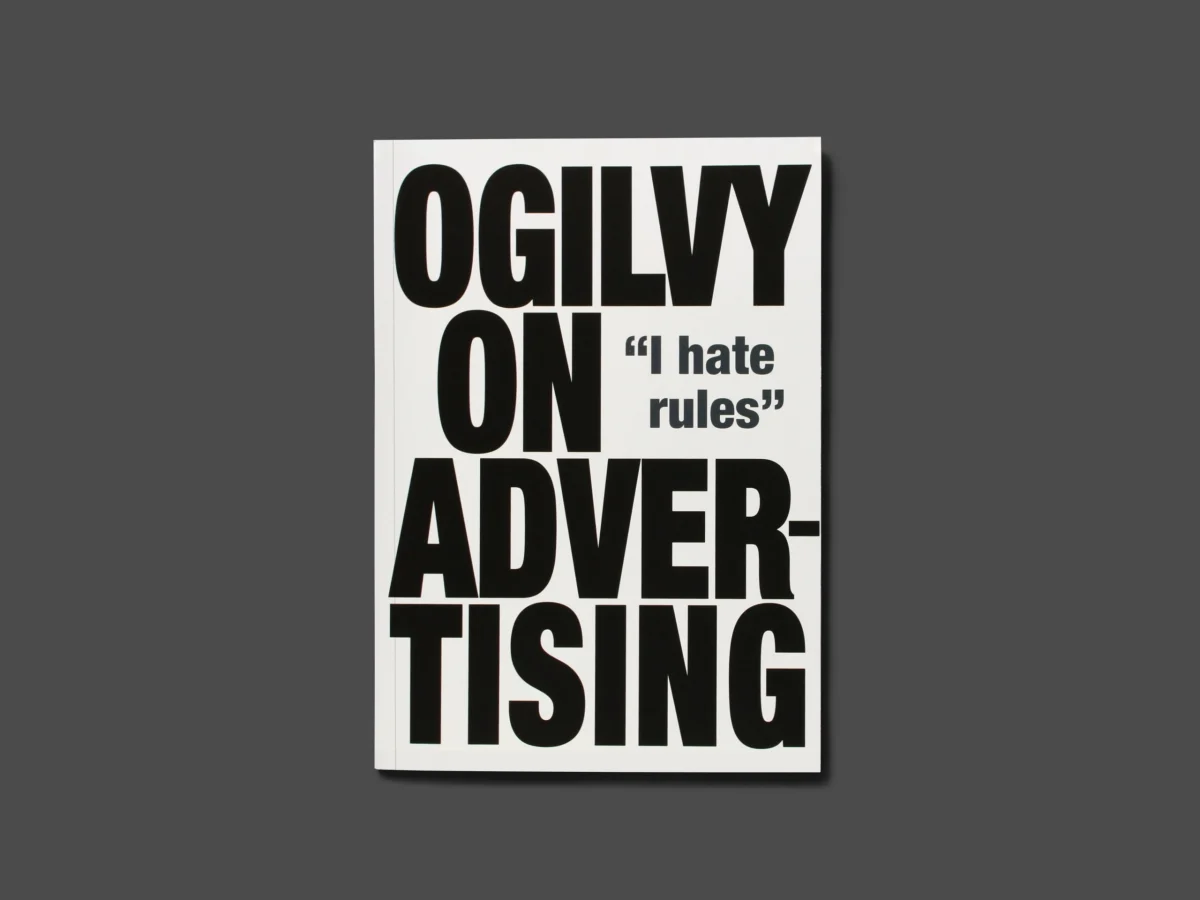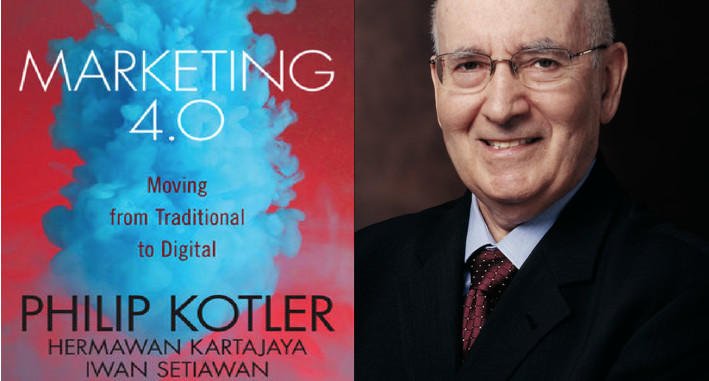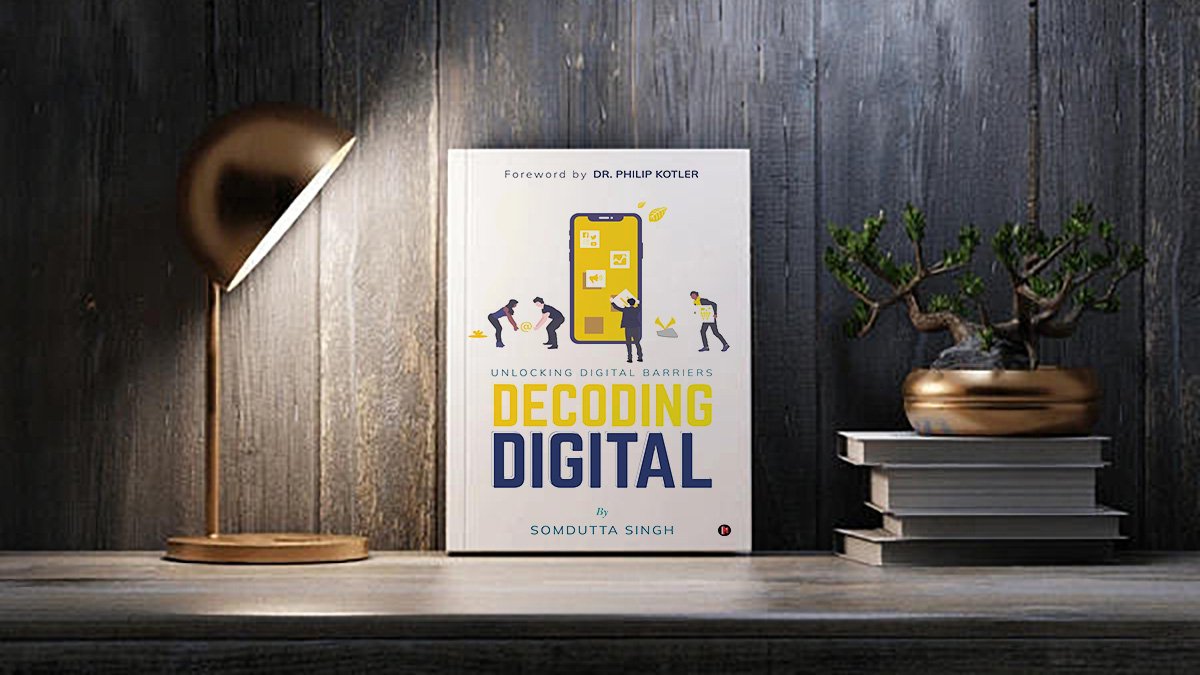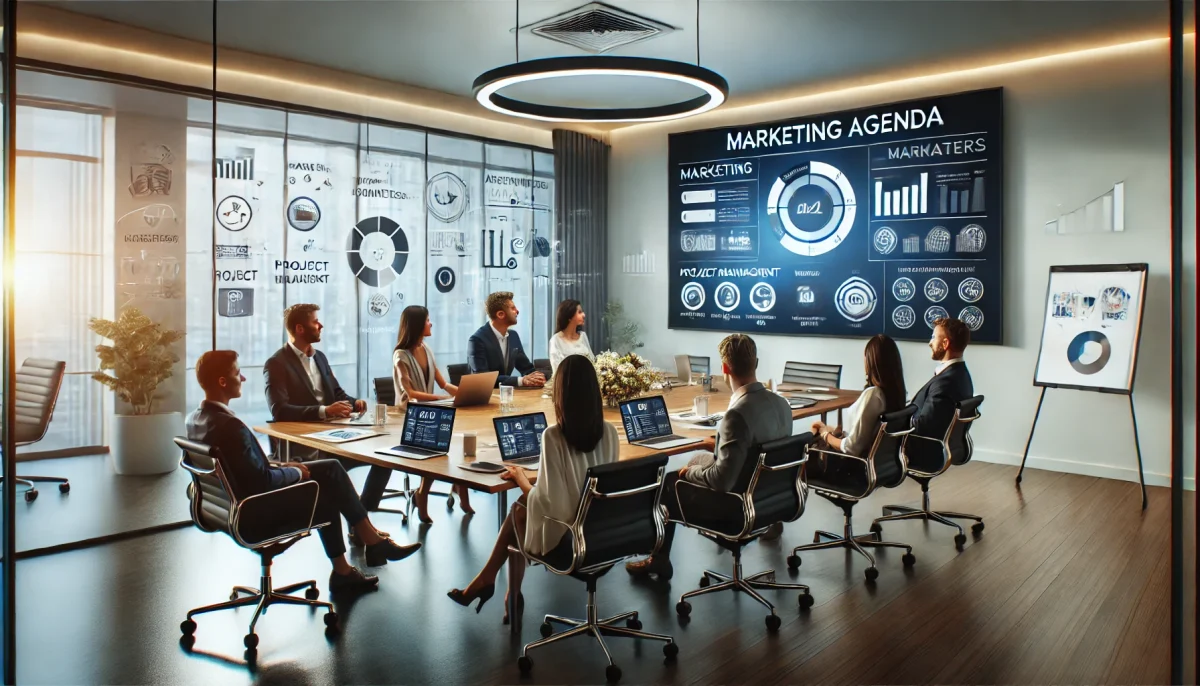Daniel Kahneman’s Thinking, Fast and Slow is a groundbreaking exploration of how we think, make decisions, and often fall prey to cognitive biases. The book introduces two modes of thinking—System 1 and System 2—that shape our judgments and behaviors. System 1 is fast, intuitive, and automatic, while System 2 is slow, deliberate, and effortful. These systems interact in ways that can both help and hinder our decision-making processes.
The Two Systems of Thinking
Kahneman explains that System 1 operates effortlessly and instinctively, handling tasks such as detecting emotions, recognizing patterns, and responding to familiar stimuli. It is responsible for quick judgments, such as detecting hostility in a voice or answering simple math problems like 2+2. System 2, on the other hand, requires focused attention and effort, engaging in complex reasoning and problem-solving.
A crucial insight is that while System 1 is efficient and necessary for daily functioning, it is also prone to biases and errors. System 2, though more accurate, is effortful and energy-consuming, often leading people to avoid deep thinking when unnecessary.
Cognitive Biases and Illusions of Understanding
Kahneman highlights several biases that result from our reliance on System 1. One striking example is the “gorilla study,” where participants failed to notice a gorilla in a video because they were focused on a specific task. This illustrates how we can be “blind to the obvious” and unaware of our own limitations.
Another key concept is the halo effect, where our overall impression of a person influences our judgment of their unrelated traits. For example, a confident leader might be perceived as more competent, even when their decisions are flawed.
Furthermore, the illusion of hindsight leads people to believe that past events were predictable, when in reality, they were not. This bias fosters overconfidence in our ability to predict future events, despite clear evidence that the world is often unpredictable.
The Effort-Avoidance Principle
Kahneman discusses the law of least effort, which states that people naturally gravitate toward the easiest cognitive path. Highly intelligent individuals tend to require less effort to solve problems, and experts recognize patterns more quickly due to years of experience. This is closely related to the concept of flow, where individuals experience deep concentration and effortless engagement in an activity.
Moreover, studies suggest that mental exertion depletes glucose levels, making self-control and cognitive effort physically exhausting. This explains why people tend to avoid difficult thinking unless necessary.
Overconfidence and Optimistic Bias
A recurring theme in the book is human overconfidence. Many people place excessive trust in their intuition, even when it leads them astray. Optimism bias is particularly striking—most individuals believe they are better than average in various domains and underestimate potential risks. While optimism can be beneficial, it can also lead to faulty decision-making, as seen in unrealistic business forecasts and planning fallacies.
Interestingly, Kahneman notes that optimism is partly genetic and contributes to overall well-being. Optimistic individuals generally perceive the world as more favorable, influencing their decisions and risk-taking behaviors.
Memory, Pain, and Decision-Making
Kahneman also delves into how we remember experiences, particularly pain. Studies suggest that the peak-end rule influences how we recall painful events—people tend to remember the peak intensity and the final moments rather than the total duration of the pain. This has implications for medical procedures and patient care, suggesting that gradual relief may lead to a better memory of the experience.
The Limits of Predictability
A major takeaway from Thinking, Fast and Slow is that the world is far less predictable than we believe. Kahneman critiques the illusion of knowing, emphasizing that many economic and business failures stem from an inability to recognize uncertainty. He argues that even experts struggle to foresee major events and that retrospective justifications often distort our perception of reality.
The book compares predicting business success to navigating rapids—while a skilled rafter can anticipate obstacles, there are fewer opportunities to learn how to build a giant company without encountering unforeseen dangers.
Final Thoughts
Kahneman’s work is a profound reminder of the limits of human rationality. While our cognitive shortcuts allow us to function efficiently, they also introduce biases that affect our judgments. Recognizing these biases can help us make better decisions, question our assumptions, and develop a more nuanced understanding of the world.
By distinguishing between fast and slow thinking, Thinking, Fast and Slow equips readers with the tools to navigate life’s complexities with greater awareness and critical thought. The book ultimately serves as a compelling argument for cautious reasoning, humility in decision-making, and an appreciation of the unpredictable nature of human cognition.
Read My Kindle Highlights : Click Here
